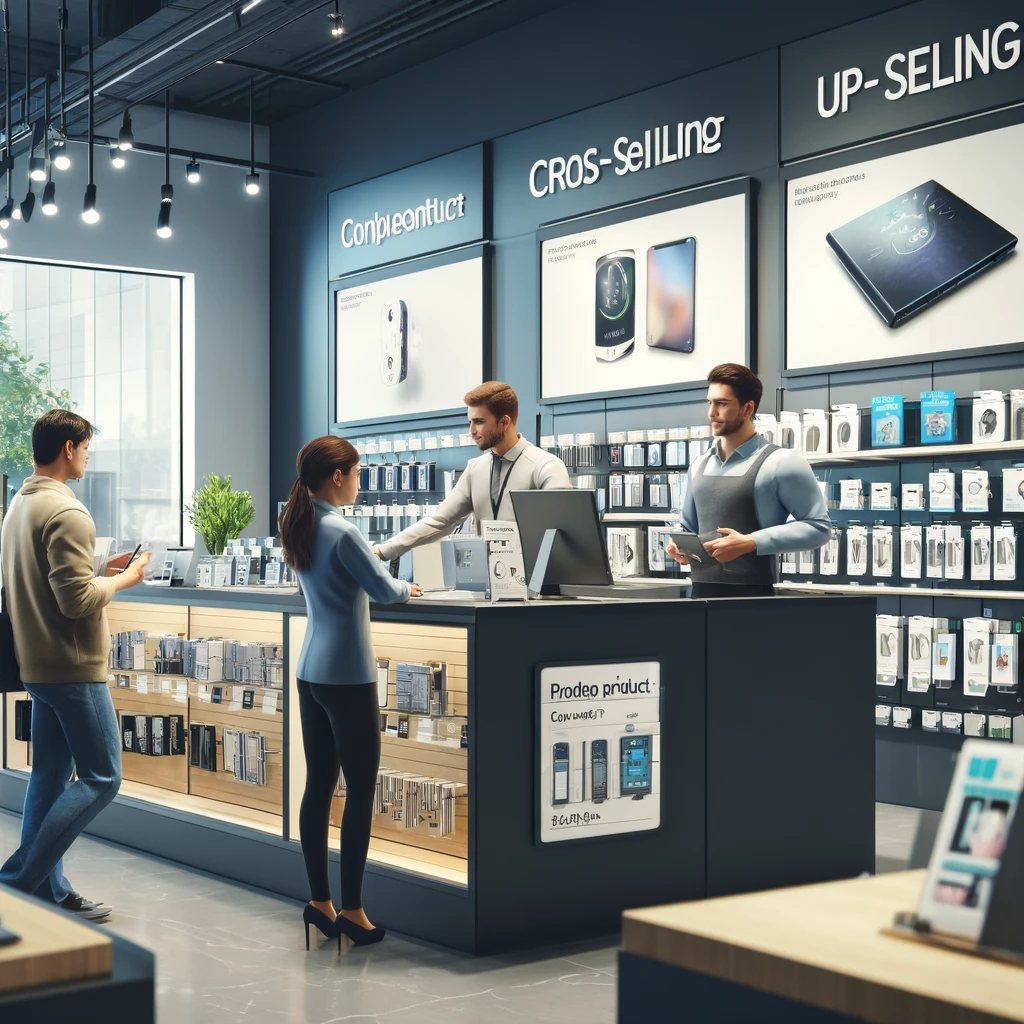
In today’s competitive e-commerce landscape, high-quality imagery and video content have become essential for product listings. These visual elements don’t just enhance the aesthetics of your store; they also play a crucial role in informing, engaging, and persuading potential customers. When done correctly, product photography and videography can significantly increase conversion rates, foster trust, and improve the overall shopping experience.
In this blog post, we’ll explore why high-quality visuals matter and share practical tips for optimizing product photography and videography for maximum impact.
Why High-Quality Imagery and Video Content Matter
- First Impressions Count A product image or video is often the first point of contact between a customer and your brand. Low-quality visuals can create a negative impression, while professional, high-resolution images instantly convey credibility, attention to detail, and trustworthiness.
- Visuals Build Trust Online shoppers can’t physically touch or try out your products, so they rely on visuals to gauge quality and value. Detailed, high-quality images that show the product from multiple angles help customers feel confident in their purchase decision.
- Enhances the Customer Experience Great visuals can simplify the shopping experience by making it easier for customers to understand what the product looks like, how it works, and what it might feel like in their hands or home. In fact, 75% of online shoppers rely on product images to make a purchase decision, highlighting their importance.
- Increases Conversion Rates According to studies, adding high-quality visuals can boost conversion rates by as much as 40%. When customers can clearly see what they’re buying, they’re more likely to complete the purchase. Furthermore, videos demonstrating how to use the product or highlighting its features can lead to even higher engagement and sales.
- Reduces Returns One of the main reasons for product returns is that the item doesn’t meet the customer’s expectations. By providing clear, detailed imagery and videos, you reduce the likelihood of misunderstanding, helping customers make more informed decisions and thus lowering return rates.
Tips for High-Quality Product Photography
- Use Proper Lighting Lighting is one of the most critical aspects of product photography. Poor lighting can result in blurry or grainy images that fail to capture the product’s true colors or details.
- Natural Light: Best for products meant to be used outdoors or that need a soft, natural look.
- Studio Lighting: For controlled environments, use softbox lights or ring lights to ensure consistent, shadow-free illumination.
- Choose the Right Background A clean, uncluttered background ensures that the product is the focus of the image. A white or neutral backdrop is commonly used for e-commerce photos, but lifestyle photos that place the product in a relevant setting can also be effective.
- Capture Multiple Angles Customers want to see the product from every possible angle. Take shots from the front, back, side, and top, and include close-ups of important details like texture, fabric, or unique features. This makes the experience as close to in-store shopping as possible.
- Highlight Key Features Close-up shots that emphasize unique features or details (like intricate stitching, unique textures, or branded logos) can help showcase the craftsmanship or quality of your product.
- Ensure Consistency For products with multiple variations (e.g., different colors), consistency is key. Keep angles, lighting, and background uniform across product variations to maintain a professional and cohesive look.
- Use a Tripod for Stability Blurry images can happen when cameras aren’t stable. A tripod ensures crisp, sharp images and keeps your shots consistent.
- Edit Thoughtfully Use post-production tools to enhance your images, but don’t over-edit. Your images should remain a realistic representation of the product. Adjusting brightness, contrast, or sharpness is fine, but altering the product’s appearance can lead to disappointed customers and returns.
Tips for Engaging Product Videos
- Focus on Product Usage Videos should not just show the product but demonstrate its functionality. Customers want to see how the product works, how easy it is to use, and how it fits into their lives.
- Example: For kitchen gadgets, show the product in action—chopping, mixing, or blending in real-time to highlight efficiency and ease of use.
- Keep It Short and Engaging Attention spans are short, so aim for videos that are 30 seconds to 2 minutes long, depending on the complexity of the product. Focus on showcasing the product’s key features and benefits without overwhelming the viewer with too much information.
- Include Lifestyle Footage Incorporating lifestyle footage, where the product is used in a real-world setting, helps customers envision themselves using the product. This can foster an emotional connection and make the product more appealing.
- Use High-Quality Audio Poor audio quality can be distracting and reduce the impact of your video. Use a good-quality microphone to ensure clear, crisp sound, especially if the video includes voiceovers or spoken instructions.
- Incorporate Text Overlays To make videos more informative, use text overlays to highlight key features, specifications, or pricing information. This helps reinforce important selling points and caters to viewers who may be watching without sound.
- Show Comparisons If your product has a unique selling point or stands out from the competition, create videos that compare it with similar products. This can provide potential buyers with a clear understanding of why they should choose your product over others.
- Provide a Call to Action Always end your video with a clear call to action, whether it’s “Shop now,” “Add to cart,” or “Learn more.” This directs the viewer toward the next step in their buying journey.
High-quality imagery and video content are non-negotiable when it comes to successful e-commerce product listings. They bridge the gap between digital and physical shopping, enabling customers to visualize, understand, and connect with your products. By investing in professional product photography and engaging video content, you can build trust, increase conversions, and ultimately drive more sales.
Whether you’re just starting out or looking to improve your visual content, following the tips outlined above will help you create compelling and effective product listings that resonate with your customers.

